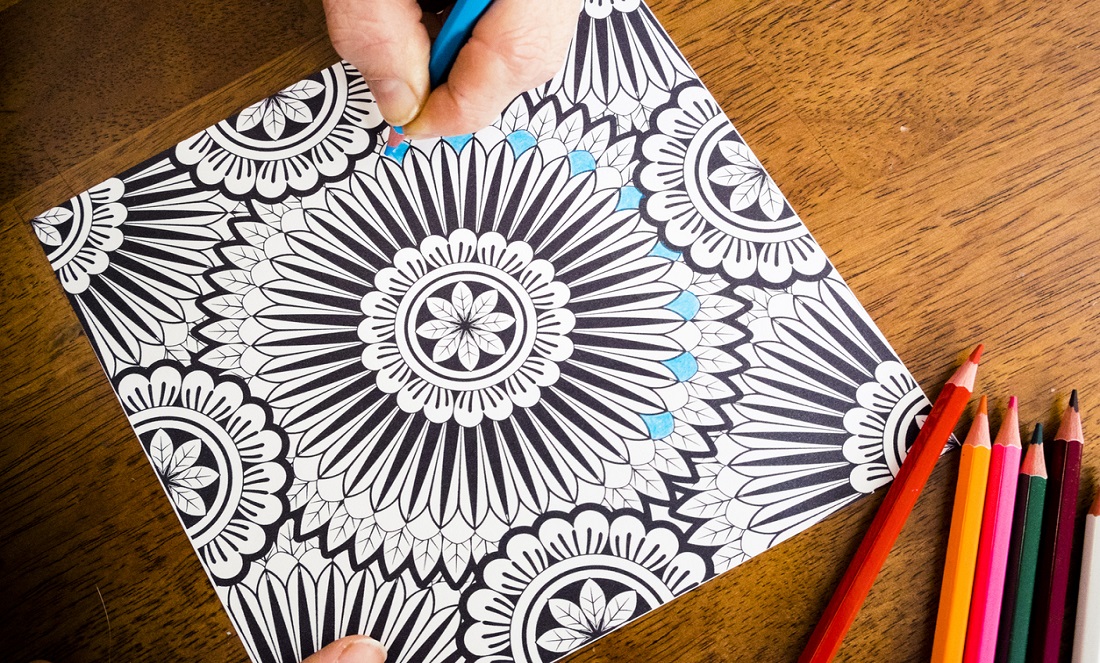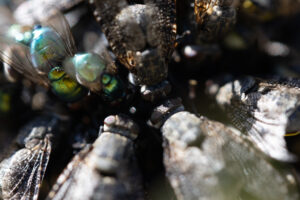The prescription? Two hours of art per week, taken with or without food.
In a world-first, award-winning study, Research Fellow Dr Christina Davies from UWA asked 702 West Aussies about their mental wellbeing and how much art they engaged in each week.
She then cancelled out confounding effects from life factors such as being young or old, single or married, sporty or sedentary, a doctor or a high school drop-out—these factors no longer weighed upon the participants’ reported wellbeing.
That was when her data revealed the simple (but significant) statistic.
Engaging in an arty activity for 2 hours a week is all it took for people to have better mental wellbeing.
But WHAT IS an arty activity?
How do you define ‘art’? And what is ‘engagement’? Well, if you are Dr Davies, you ask experts from around the world.
In the end, 91 activities were considered an arts activity. These included conventional endeavours such as poetry, painting, singing and dancing. They also included watching movies, DJ-ing and colouring books.
Physical or digital, traditional or modern, amateur or expert—what matters, according to Dr Davies, is that people engage in whatever type of art makes them happy.
Painting—a policy?
Thankfully, this is some science that the politicians are listening to and acting on.
Minister for Health, Culture and the Arts John Day cited Dr Davies’ study when, in November 2016, he allocated over $800,000 to 18 Perth-based arts and community organisations to promote healthy lifestyles.
With 45% of Australians experiencing a mental health condition in their lifetime, the potential of this research is truly exciting.
Guiltless pleasures
Dr Davies hopes her study will help us understand that the arts have the potential to promote health and shouldn’t be considered an indulgence or a luxury.
“People need to give themselves permission to be creative and to make time for the arts activities and events they enjoy,” she said.
Find Thirty is instantly recognisable as the campaign that got Australians off the couch and moving. Is a campaign for creativity a future possibility?
“People need to give themselves permission to be creative and to make time for the arts activities and events they enjoy”
Why not? Dr Davies’ research translates to a recommendation of a mere 15 minutes of art each day for good mental wellbeing. That’s two and a half Bohemian Rhapsodies on your commute to work (carpool karaoke anyone?) or a colouring book at lunchtime.
She emphasises that people don’t need to go out of their way to get their daily dose of creativity.
“Everyone is so time poor … the things that I’m suggesting—like listening to your favourite music on your way to work or reading a book if you are on the train—is about fitting the arts into your day as it already exists.”
“I know that we’re all busy, but we need to be busy and happy.”
“Art causes happiness …”
… is not something we can say.
Not yet, anyway.
Dr Davies’ work has taken the first (huge) step by demonstrating that there is an association between art engagement and mental wellbeing.
However, there’s a long road of research before we can verify that art causes happiness and an even longer journey to discover what might actually be happening in the brain when we do art.
But with more Australians than ever before feeling truly blue, it’s an area that we must pursue.
“It’s so obvious … the need for the research, the need for the funding to look at the link between arts and health and the positive effect it could have for the community. This area is really just so unexplored and has so much potential, especially in terms of health promotion, maintaining wellbeing and recovery if people become unwell.”








